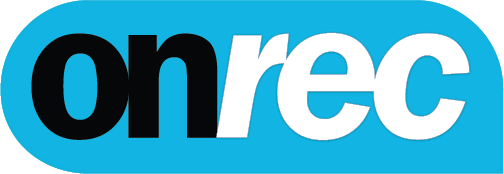This is doubly true when it comes to neurodiversity. HR teams can do much more than just add a line about inclusivity to a job posting.
Small details matter, from the words you choose in an email to the photos or symbols shared on your careers page. If your hiring language or company images put up barriers for neurodivergent folks, no one will believe your commitments are genuine.
So how do you get it right? Let’s break down the practical steps employers can take to make sure their words, images, and communications really include people with a range of neurotypes.
Getting Started: Common Mistakes and Small Fixes
● Referring to autism as a “disease” or describing people as “suffering” from it sends a damaging message that can alienate potential employees and reinforce outdated stereotypes.
Instead, use neutral or identity-first language, such as “autistic person” or “neurodivergent employee,” which shows respect and acknowledges people’s identities in a positive way. This creates a more welcoming and supportive work environment for everyone.
● Using cliches like “attention to detail required” with no flexibility discourages applications from people with ADHD, dyslexia, and others who may bring new strengths and valuable perspectives to the team that often get overlooked in traditional hiring.
Reconsidering such phrases can attract a wider range of talented candidates who contribute creativity and problem-solving skills.
● Review your icons and images, don’t underestimate the importance of autism symbol choices. Using outdated visuals, such as the puzzle piece, may send the wrong message to neurodivergent applicants.
Today, many prefer the rainbow infinity symbol, which represents inclusion and the endless diversity of minds. Updated symbolism shows that you understand and respect the varied perspectives of your audience, making your workplace feel more welcoming to everyone.
Revamping Your HR Communications
1. Rewrite Job Ads and Candidate Emails
Read through your public-facing materials. Are there words or attitudes you wouldn’t say to an employee’s face?
Watch for old school terms (“high functioning,” “low functioning,” and “quirky”) which stereotype or trivialize. Include a line that encourages neurodivergent applicants to share what support would help them thrive.
2. Audit Career Pages and Visual Assets
Look at your website with fresh eyes.
Are your photos diverse in ability and background? Are your icons inclusive and up to date? For neurodiversity, review what symbols you use.
Many communities now favor the rainbow-colored infinity symbol over the puzzle piece, which has a history of controversy. The infinity symbol signals acceptance of infinite types of minds.
3. Build and Regularly Update a Style Guide
A quick, shareable guide for HR and comms can keep your messaging respectful.
This should cover proper language, when and how to ask someone about accommodations, and preferred images or icons for neurodiversity. Involve members of your employee resource group or ask neurodivergent employees for honest feedback before you put it into action.
Best Practices from Inside the Community
Co-creating Guidelines with Neurodivergent Employees
The best HR teams know to ask, not assume.
Invite neurodivergent staff to help check your policies, job posts, or onboarding scripts. Offer payment for this advisory work, and take their suggestions seriously.
Avoiding Tokenism
Avoid quick fixes or “one and done” gestures. For example, changing an icon or adding a hashtag is not as effective as offering flexible work hours or sensory-friendly offices.
Show a pattern of doing the work, not just talking about it.
Speak Clearly, Include Boldly
Neurodiversity speaks to natural variations in the ways our brains work. That means terms like “spectrum” and “divergent” deserve plain explanations. Use videos or FAQs led by neurodivergent people so learning stays real and relatable for everyone.
When you roll out new guides or set policy, remember that real inclusion lives in the little details.
The tone of a job post or symbols on a website says as much as a policy memo. Keep your language honest, ask for feedback, and treat communication as the bridge it should be.
Every word, image, and conversation can build trust, or quietly close the door. The power to include is always in your hands.






